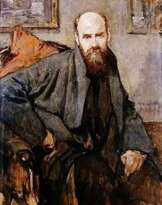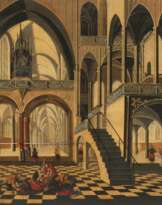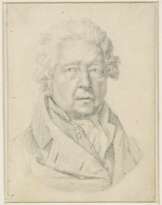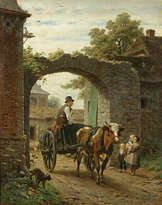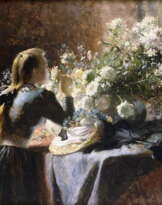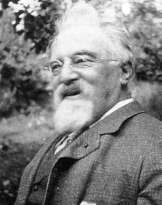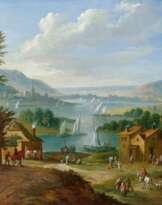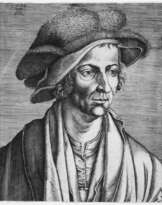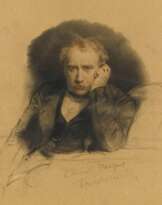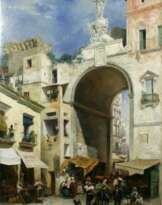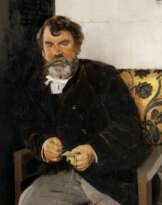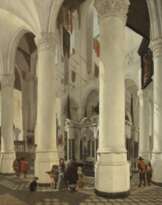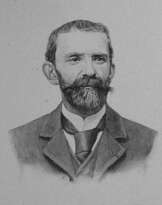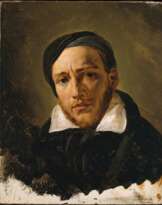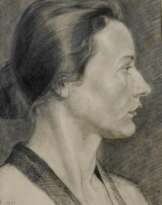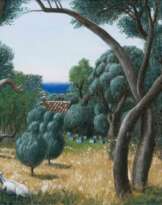Wilhelm Ferdinand Pauwels (1830 - 1904)
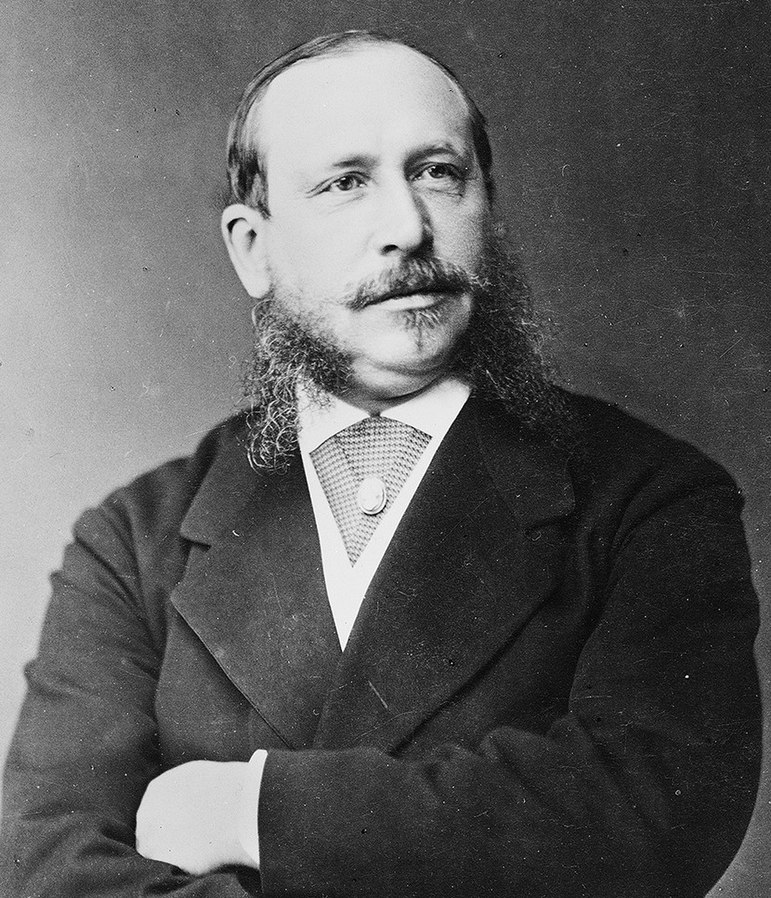
Wilhelm Ferdinand Pauwels
Wilhelm Ferdinand Pauwels was a Belgian history painter who lived and worked in Germany. From 1842 to 1850, he studied at the Royal Academy of Fine Arts (Antwerp). In 1852 he won the Prix de Rome (Belgium) for his painting Coriolanus at Rome and was able to spend four years studying in Italy. From 1862 to 1872, he was the Professor of History Painting at the Weimar Saxon-Grand Ducal Art School. This period was especially productive for him and he completed seven large wall panels at the Wartburg, depicting the life of Martin Luther. After a short stay in Belgium, he returned to Germany, where he became a Professor at the Dresden Academy of Fine Arts. During this period he also executed six large historical wall panels at the Fürstenschule in Meissen. From 1870 to 1881, he produced what was considered his greatest work: twelve frescoes in the upper part of the Ypres Cloth Hall, which had been left incomplete by Charles de Groux. They depicted scenes of Ypres' history from 1187 to 1383.
| Date and place of birt: | 13 april 1830, Antwerp, Belgium |
|---|---|
| Date and place of death: | 26 march 1904, Dresden, Germany |
| Nationality: | Belgium, Germany |
| Period of activity: | XIX, XX century |
| Specialization: | Artist, Historian, Landscape painter, Painter, Portraitist |
| Genre: | Genre art, History painting, Landscape painting, Portrait, Religious genre |
| Art style: | Realism |
| Technique: | Fresco, Oil, Oil on canvas |

